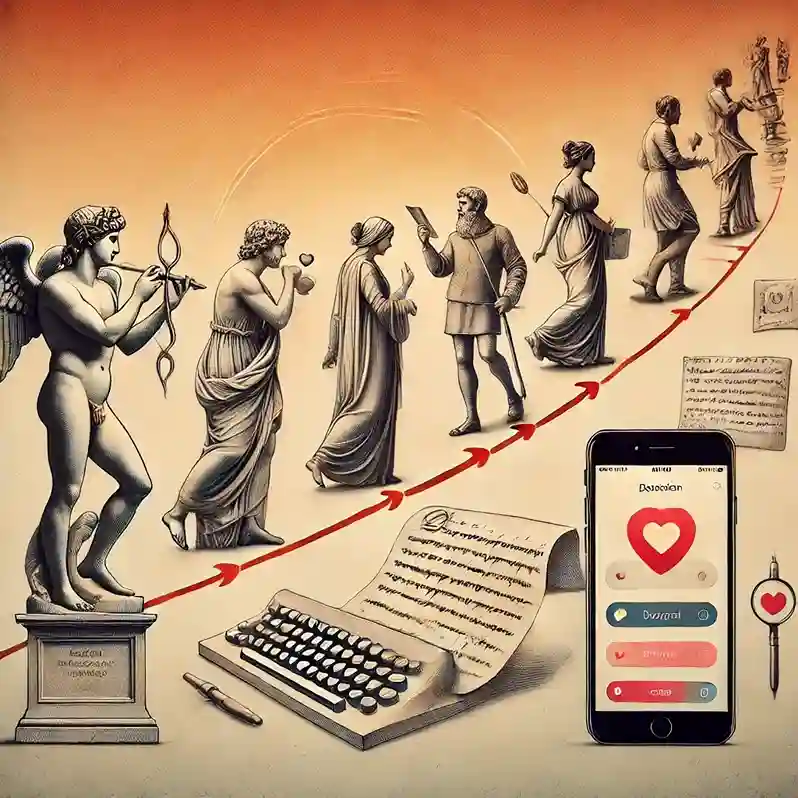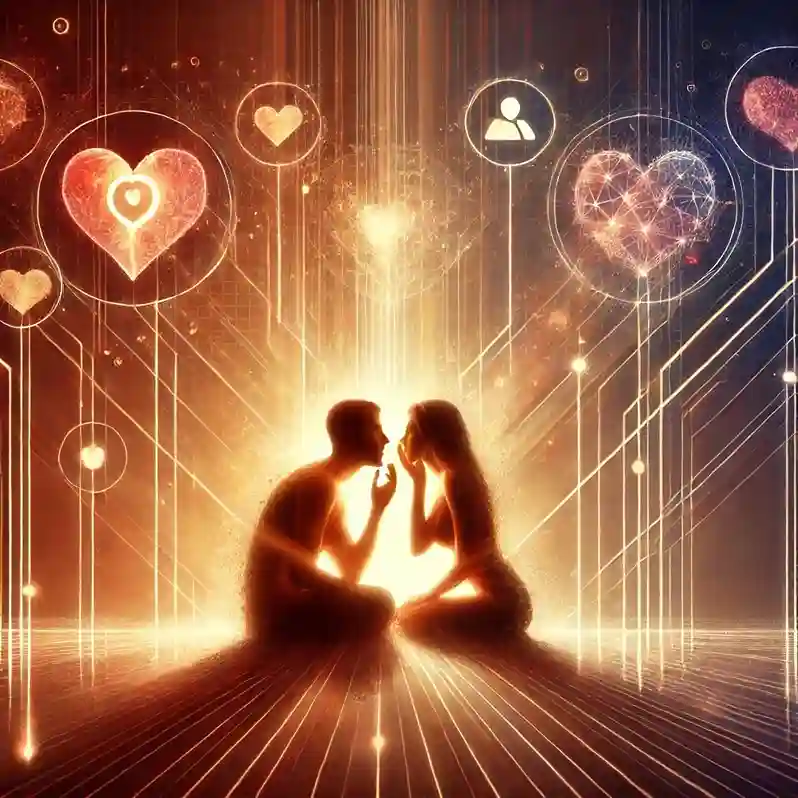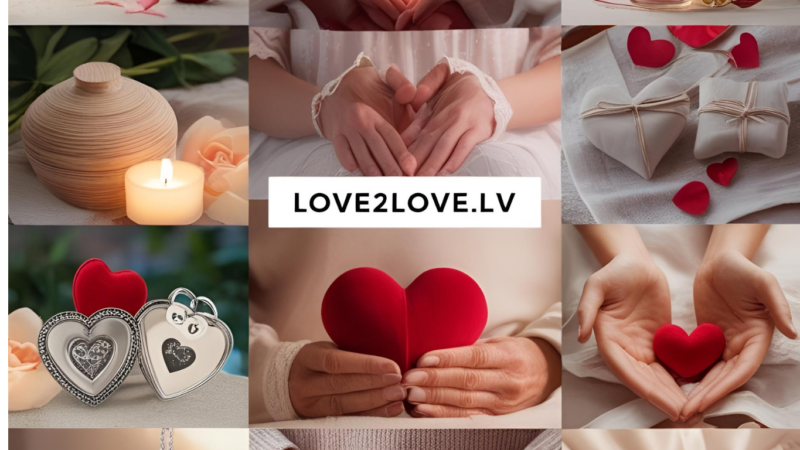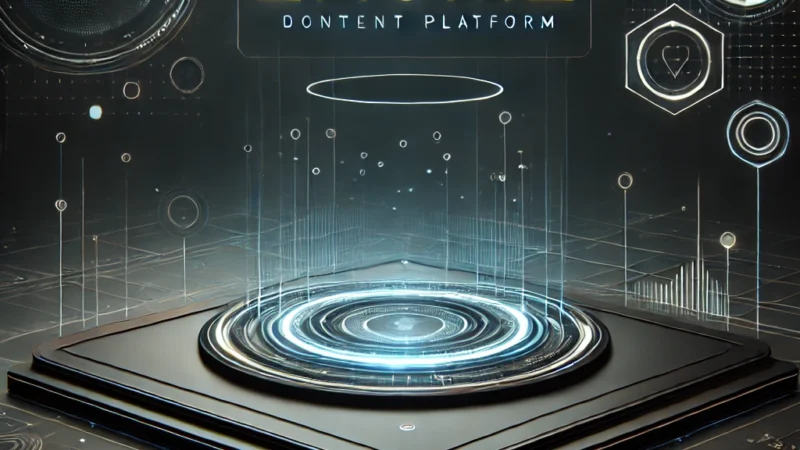Erothtos: Understanding Its Meaning, History, and Modern Relevance 2025

Erothtos is a profound concept deeply rooted in human emotions, particularly encompassing love, desire, and longing. Originating from ancient philosophical traditions, Erothtos has evolved to influence literature, psychology, art, and even digital-age relationships. This article explores the essence of Erothtos, its historical background, cultural significance, and modern applications.
Ancient Greek Philosophy and Erothtos
The term erothtos finds its origins in ancient Greek philosophy, closely associated with Eros, the Greek god of love and passion. Greek philosophers, including Socrates and Plato, often discussed the complexities of love and human connection.
- Socrates viewed love as a driving force behind wisdom and self-awareness.
- Plato expanded on this by introducing Platonic love, which transcends physical attraction and emphasizes intellectual and spiritual bonding.
These early interpretations laid the groundwork for how Erothtos is perceived and analyzed in modern times.

Romantic Era Literature and Erothtos
Throughout history, erothtos has served as a central theme in literature, particularly during the Romantic era. This period saw poets like Lord Byron, John Keats, and Percy Shelley explore deep emotions of passion and longing.
- Lord Byron’s poetry captured themes of intense love and heartbreak, reflecting the highs and lows of Erothtos.
- John Keats wrote about unattainable love, a core aspect of longing and desire.
- Shelley’s works delved into the philosophical dimensions of love and human connection.
These literary contributions continue to shape contemporary interpretations of Erothtos in books, music, and film.
Attachment Theory and Emotional Intelligence in Erothtos
From a psychological standpoint, erothtos represents the intricate interplay of emotions that define human relationships. Two key concepts—attachment theory and emotional intelligence—help explain its impact:
- Attachment Theory (John Bowlby): Examines how early relationships shape our emotional bonds. Secure attachments lead to fulfilling connections, while insecure attachments may result in emotional struggles.
- Emotional intelligence: The ability to recognize, understand, and manage emotions in ourselves and others plays a crucial role in navigating love and desire.
By applying these theories, individuals can better manage their relationships and deepen their understanding of erothtos.
Cultural Interpretations of Love and Erothtos
Cultural perspectives on erothtos vary worldwide, shaping traditions and societal norms:
- In Eastern cultures, love is often tied to duty and lifelong commitment, reflecting a more collective approach to relationships.
- Western societies emphasize personal fulfillment and emotional connection, often portraying love through romanticized media narratives.
- Ancient civilizations like the Egyptians and Persians incorporated erothtos into their myths and rituals, celebrating love through art and literature.
The universal nature of erothtos highlights its significance in shaping human experiences and cultural expressions.
Human Connections in the Digital Age
In today’s world, technology has transformed the way people experience and express erothtos. Social media, dating apps, and instant messaging create new avenues for connection but also present challenges:
- Online dating allows individuals to meet potential partners beyond geographical limitations, yet maintaining deep, meaningful relationships can be difficult.
- Social media fosters connections but also raises concerns about authenticity and emotional detachment.
- Virtual intimacy is becoming more common as digital interactions attempt to replace traditional face-to-face bonding.
Balancing digital interactions with real-world relationships is essential to preserving the depth and authenticity of erothtos.

Intimacy in Modern Art and Literature
Contemporary artists and writers continue to explore erothtos through various mediums:
- Music and film portray the struggles and joys of love, often reflecting societal changes.
- Visual arts express emotions of longing and passion through abstract and figurative representations.
- Modern literature reinterprets erothtos by exploring diverse relationships, including LGBTQ+ perspectives, emotional complexities, and unconventional love stories.
By embracing evolving narratives, modern creators keep the essence of Erothtos alive and relevant.
The Psychological Analysis of Relationships and Desire
Psychologists continue to study the impact of erothtos on human behavior and relationships.
- Neuroscience research shows that love and desire trigger specific brain responses, similar to addiction.
- Cognitive psychology explores how people process love and attraction, shaping their romantic choices.
- Therapeutic approaches help individuals navigate their emotions and relationships, fostering healthier connections.
By understanding these psychological aspects, individuals can gain deeper insights into their emotions and relationships.
Conclusion
Erothtos remains a timeless concept that influences how people perceive love, desire, and connection. Rooted in ancient philosophy, enriched by literature, shaped by psychology, and adapted to modern technology, it continues to evolve. By understanding erothtos, individuals can foster more profound emotional bonds and appreciate the complexities of human relationships in an ever-changing world.






